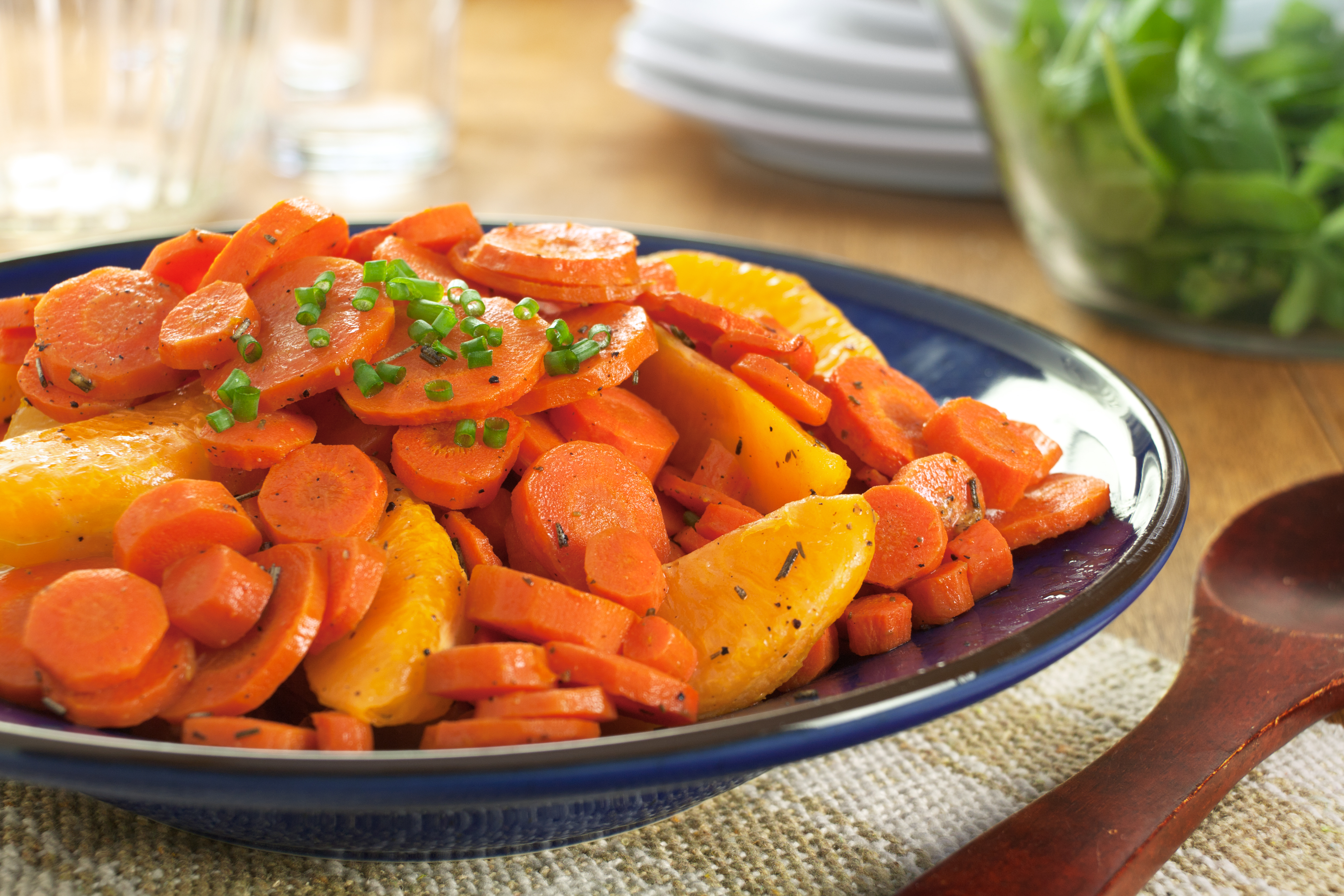I love shopping at a farmer’s market. It’s a feast for the senses to shop among the colorful piles of produce and buckets of cut flowers. It’s easy to get swept up in the spirit of it all because everything looks so fresh and beautiful…until you get home and realize you bought waaaaaay too many veggies—more than you’ll use in a week. The same thing sometimes happens when you get a CSA share packed with wonderful vegetables (some you might not even recognize). Well, I’m here to help you out with my top five tips for handling all that vegetable goodness so you get the nutritional benefit and keep waste to a minimum.

#1: The big salad
Yes, that’s a Seinfeld reference thrown in to see if you’re paying attention! Seriously though, making a big salad each week is a smart idea. Sometimes just cleaning all the greens is enough to deter us from making a salad, right? Get this chore out of the way early. Wash up those pretty lettuces and any tender greens in a big sink of cold water right when you get home, then spinning them dry (or draining in a colander), and storing them in a big plastic bag—they will stay fresh for nearly a week in my experience. If you have cut the leaves, they will turn brown on the edges. I avoid this by just pre-washing but not cutting my lettuce. Then when it’s time for salad, I just chop or tear what I need and return the rest of the lettuce to the fridge. Oh, and your salad can even contain seared/grilled greens! Check out this recipe for Seared Endive. Here’s another grilled salad sans greens.
#2: Roasted, toasty veggies
If it’s not oppressively hot out and you don’t mind using your oven, give roasted vegetables a try. Roasting (which is basically just baking, but at a higher temp) brings out sweetness in vegetables, is easy, and when you have a lot of roasted veggies on hand you find many delicious uses for them—they can be added to lots of things like pizza, pasta, scrambled eggs or omelets—even the big salad you made. Here is one of our recipes for Roasted Tomatoes that illustrates just how easy it is to roast things (plus if you have lots of tomatoes on hand you’ll be thrilled that the recipe calls for 6 pounds of them)! I adore roasted vegetables—and you’ll be a convert, too once you try it. Check out Orange-Roasted Carrots, Roasted Okra, Roasted Vegetable Spread and Roasted Cauliflower with Dukkah (it uses 3 pounds of cauliflower plus some chard!).
#3: Freeze it
Granted, not all veggies can be successfully frozen, and blanching is almost always necessary in order to stop enzymatic processes that cause flavor, texture and color losses in veggies. However, it’s not difficult, and if something is in season and you adore it, freezing is a nice way to go. Here are directions for freezing specific veggies (and fruits). Of course, you will also need a freezer that can hold your little packages of summer veggie goodness.
#4: Pasta/grain toss-up
When I have lots of produce on hand I like to make homemade soup, but it’s summer and soup holds little appeal for me. For a quick dinner that is veggie heavy, consider cooking up some pasta or a grain like bulgur, quinoa or any other grain you like and while that’s cooking, sauté a big skillet of mixed veggies. Summer squash is a natural for this, along with tomatoes, onions, garlic, peppers and greens (chard, spinach, etc). Carrots work if sliced thinly or even grated (in which case they barely need cooking, just a quick toss with the hot veggies). The beauty of this dish is that it’s so versatile, and you can really pack in the produce. I add a splash of broth to the pan at the end (I cook the grain in broth, thus flavoring the grain a bit so no extra broth is needed), then season to taste and toss it all together. Top with some cheese or a combo of cheese, toss again and you’re done. Easy peasy (which reminds me, fresh peas are also a tasty addition).
#5: Switch out your fruit snack for a veggie snack
Why does fruit get all the love? Veggies are just as tasty and make a great snack. Prep the night before, store in a plastic bag or covered container and you’re good to go (a little hummus or dip makes a nice accompaniment, but au naturel is always fine too). I’m partial to sugar snap peas, carrots (my family adores the colorful ones lately—red, yellow and purple) and sweet peppers for snacks, but anything goes. If you like it, make a snack of it!
Bonus idea!
If you still have too much produce to eat before it goes bad, there’s no rule against gifting a neighbor with a nice big bunch of Swiss chard (some of it is so colorful it could pass for a bouquet)! Don’t let things go to waste; if you really aren’t going to eat it, then share it. Of course, make sure you know what you’re sharing—passing along something that you have knowledge of is just weird.